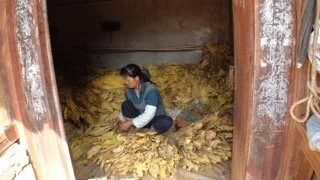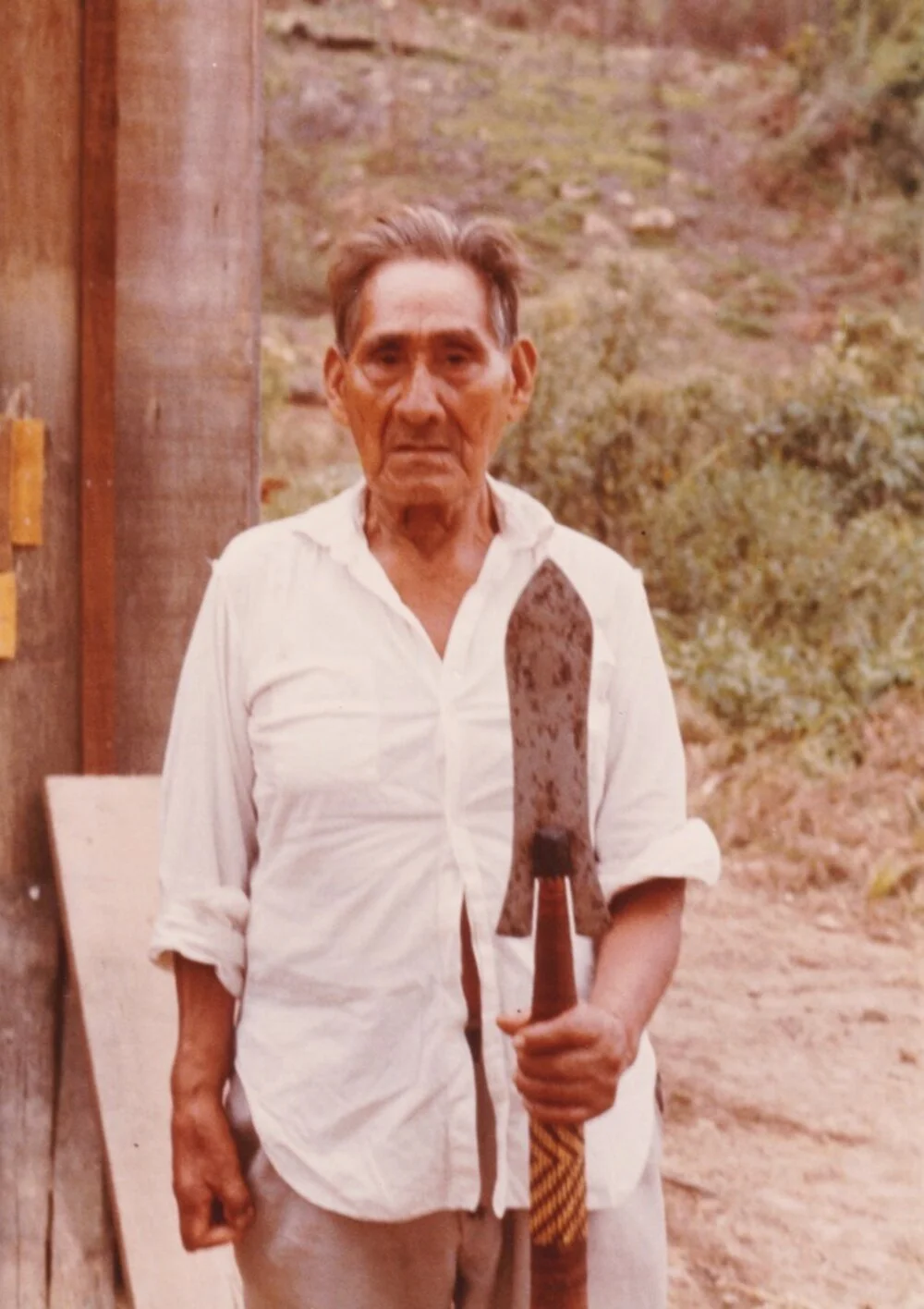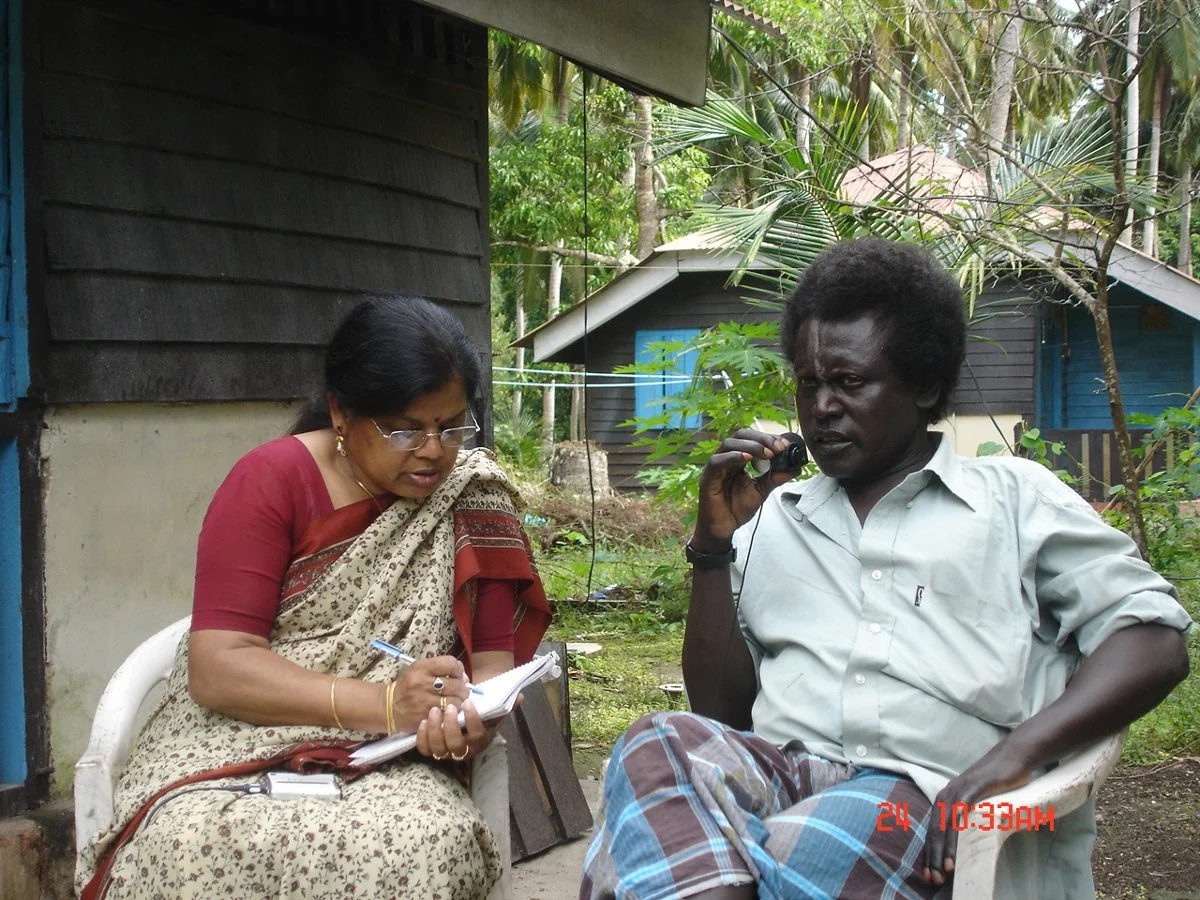STORIES
KOTIRIA (WANANO)
THE KOTIRIA OF AMAZONIA
September 26, 2016
by Kristine Stenzel
Federal University of Rio de Janeiro
Kotiria Linguistic and Cultural Archive
Helena Cabral and Emilia Cabral. Photo: Gloria Horta
The Kotiria (also known as Wanano) people live in the border region between Brazil and Colombia in northwestern Amazonia. There are some 1800-2000 Kotiria, one of the eighteen groups belonging to the East Tukano language family.
Vaupes River. Photo: Ludivine Eloy
The Kotiria live in small villages located on the margins of the Vaupés River — the largest tributary to the Rio Negro, itself the largest tributary to the Amazon — in a remote and stunningly beautiful region of waterfalls, crashing rapids, and rock formations that host dozens of ancient petroglyphs.
Petroglyphs. Photo: Kristine Stenzel
It has been my privilege to work with the Kotiria on the documentation and description of their language since 2000. The members of the Cabral family heard in the Last Whispers project were among the first Kotiria I met, and this set of recordings represents my first contact with Kotiria customs and culture. Through the Cabral family, I was introduced to other members of the language community, was able to travel to different villages, and become a partner in wider collaborative efforts to help strengthen use of the language and to document many additional aspects of Kotiria daily life, history, and traditional knowledge. The Kotiria know very well that languages can and do disappear, and they are fiercely engaged in efforts to maintain their own language and to allow outsiders to learn more about who they are through their documentation archive.
In the Vaupés, speaking and being are intimately linked – in sharing their words, the Kotiria allow us into their world and enjoin us to help ensure the survival of both.
Mateus Cabral. Photo: Kristine Stenzel
Rapids on the Vaupes. Photo: Kristine Stenzel
Amazonian Sunset. Photo: Kristine Stenzel
CONTINUE READING STORIES






















